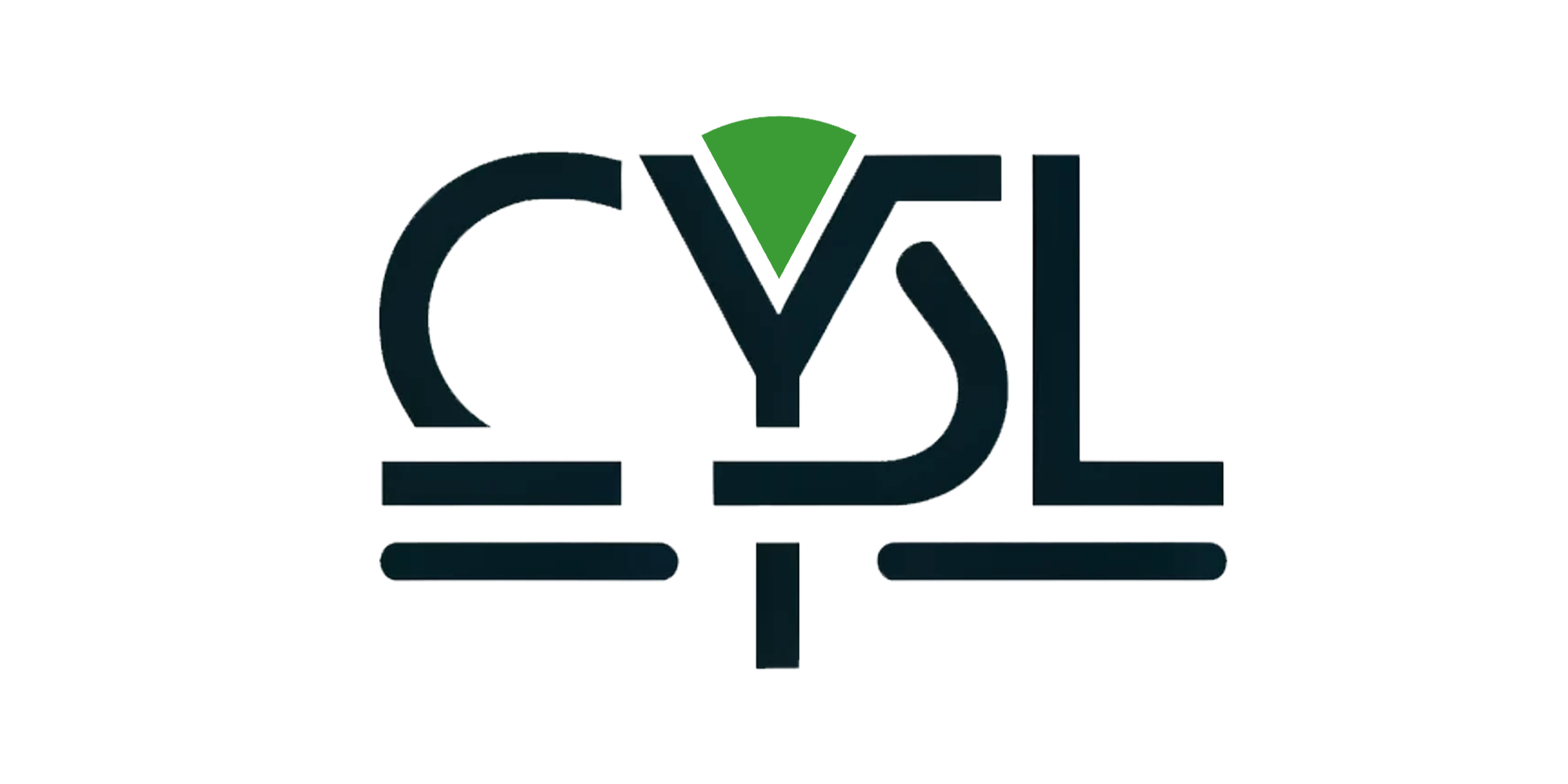

Results
Unfortunately, due to our poor knowledge on SBML and cobrapy package, it seems too difficult for us to rebuild our own model. But there does have something we can do.
Carbon accounting
Carbon accounting
Based on the similar module developed by Toulouse INSA-UPS. To better run the simulation, the difference of day and night are blurred. Supposed that the $\scriptsize{CO_2}$ situation are nearly the same for there system and ours, since we share the similar co-culturing system. It is notable that they put this bio-manufacturing system under light all day-long while we utilize this system as street lighting, so the carbon intake should be half. We run the simulation and get the results as followed. Click here to get the code.
Figure 1. Carbon accounting results.
The result shows that the co-culture system can release the carbon burden to a certain extent. But completely carbon neutral can be achieved only if cyano get light all day.
To go further, we will compare CYSL with traditional LED light. Suppose the size of light is $\scriptsize{0.3\times 0.3\times 0.1=0.009m^3}$.
It can be easily figured out that the carbon cost for CYSL in a day $\scriptsize{\approx 0.009\times(0.2-0.1)\times 10^6\times 0.044=39.6kg}$. Suppose the average power of traditional street lighting is 150w for 10h, and one kilowatt hour require 1.5kg $\scriptsize{CO_2}$. So the carbon cost of traditional street lighting in a day is 2.25kg.
Although at present CYSL seem to be too weak to substitute traditional street lighting, it is notable that when cyano recieve light all day long, the carbon release of CYSL is near zero. And our system itself is actually giving out light in dark! With more editing carried out in CYSL, we believe it holds great potential to achieve better carbon efficiency.
Fusion protein design
Fusion protein design
We designed 12 different linkers and expect to find a best one. However, it seemed difficult to use a linker loop to change the direction TUP1 positioned. Fortunately, one of our design showed almost complete separation of 5 models AlphaFold2 had displayed (Figure 6).
We will show TUP1, FHY1, simply fused version as well as the best prediction below. Other designs will be attached as files. It must be noticed that the pLDDT number of our model were around 59, with our best predicted design had the higher number of 62. We proposed that the flexibility of FHY1 caused the lower number of pLDDT.
Figure 2. TUP1-FHY1.
Figure 3. Five predictions of $\scriptsize{TUP}$1$\scriptsize{-A(EAAAK)_{4}ALEA(EAAAK)_4 A-FHY}$1
Test10 Sequences(designed linker sequences were shown in highlight):
TASVSNTQNKLNELLDAIRQEFLQVSQEANTYRLQNQKDYDFKMNQQLAEMQQIRNTVYELELTHRKMKDAYEEEIKHLKLGLEQRDHQIAAEAAAKEAAAKEAAAKEAAAKALEAEAAAKEAAAKEAAAKEAAAKAPEVEVDNNNEKPSEINSFHHMIISSSKNVLKMEEVEVSKKRKFQTDQSDELSLLPLSKHTCFANVACSENTNGNSEIDTEYSMSSYVNSTTSMECNNDIEMKEESSGSCGEDKMISFESHLDYIYGTQNLEDFSEKVIENILYLDEQEEEEEDAKGCSSNAAKFVLSSGRWTVNQDDSTLHETKKPTIDQEFEQYFSTL
Contact us: E-mail: zr-liu22@mails.tsinghua.edu.cn | Tel: 13547831314
Copyright © 2024 CYSL. All rights reserved.